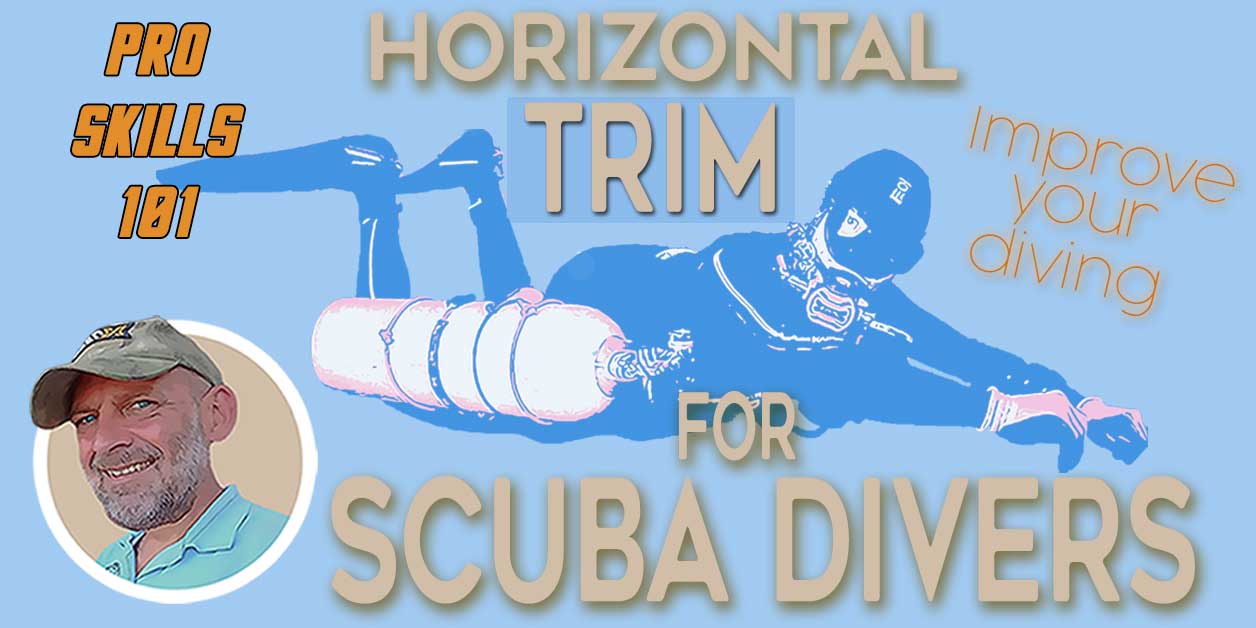I don’t know if there is a test because you’d have to define what you want to test/study precisely.Is there a documented test on the quantity of oxygen used between horizontal and vertical position ?
But if you were to test that a guy in almost vertical trim is gonna require more effort to move the same horizontal distance on the ocean floor, surely you can see the finning at a 45 degree angle isn’t optimal?
I don’t think people are saying you should be in horizontal trim absolutely all the time, but if you move horizontally along the floor, surely almost people can see it’s efficient to be streamlined and fin in the direction you are trying to move?





